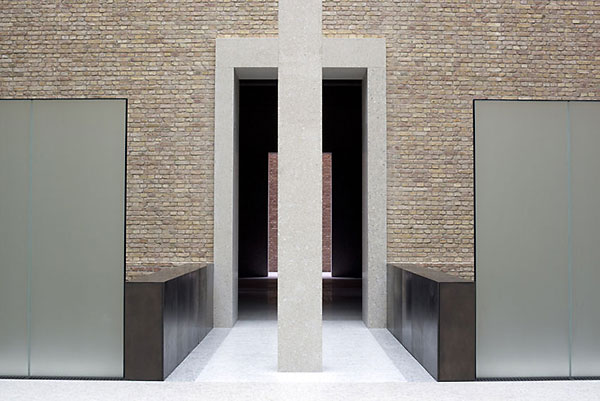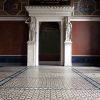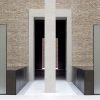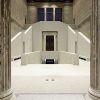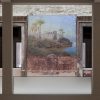After more than ten years of intensive work, the completion of the rebuilt Neues Museum on Berlin’s Museum Island was celebrated on March 5th in an official ceremony.
Built between 1841 and 1859 by the architect Friedrich August Stüler, extensive bombing during the Second World War left the building in ruins, with entire sections missing completely and others severely damaged. Few attempts at repair were made after the war, and the structure was left exposed to nature. In 1997, David Chipperfield Architects – with Julian Harrap – won the international competition for the rebuilding of the Neues Museum.
The key aim of the project was to recomplete the original volume, and encompassed the repair and restoration of the parts that remained after the destruction of the Second World War. The original sequence of rooms was restored with new building sections that create continuity with the existing structure.
The new exhibition rooms are built of large format pre-fabricated concrete elements consisting of white cement mixed with Saxonian marble chips. Formed from the same concrete elements, the new main staircase repeats the original without replicating it, and sits within a majestic hall that is preserved only as a brick volume, devoid of its original ornamentation.
The new Northwest wing, with the Egyptian court and the Apollo risalit, the apse in the Greek courtyard, and the South Dome – are built of recycled handmade bricks, complementing the preserved sections. With the reinstatement and completion of the mostly preserved colonnade at the Eastern and Southern side of the Neues Museum, the pre-war urban situation is re-established to the East. A new building, the James Simon Gallery, will be constructed between the Neues Museum and the Spree, echoing the urban situation of the site pre-1938.
In October 2009, after more than 60 years in ruin, the Neues Museum will reopen to the public as the third restored building on Museum Island, exhibiting the collections of the Egyptian Museum and the Museum of Pre- and Early History. In the interim period, vitrines, pedestals and plinths designed by Michele de Lucchi will be installed. [photos: Ute Zscharnt]

